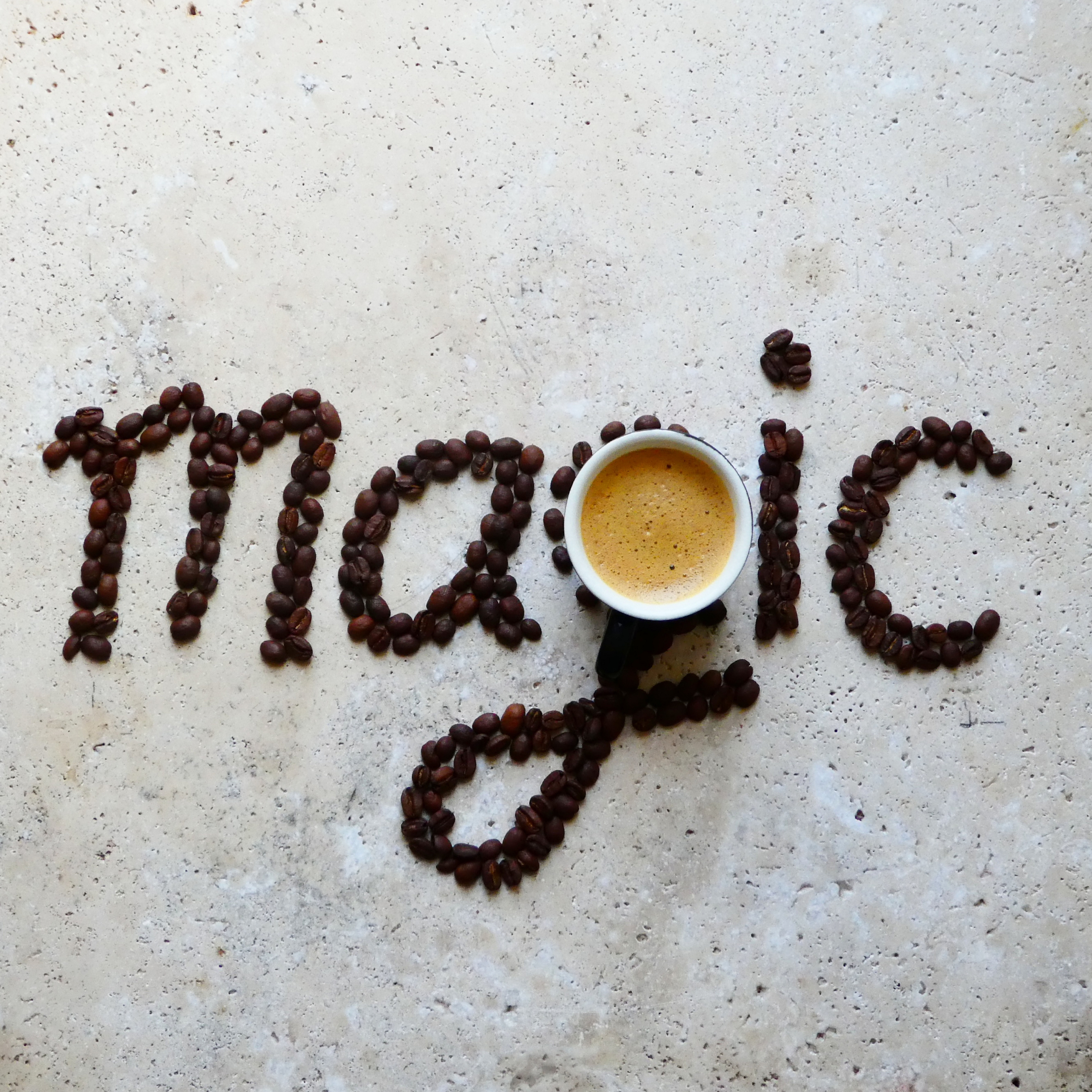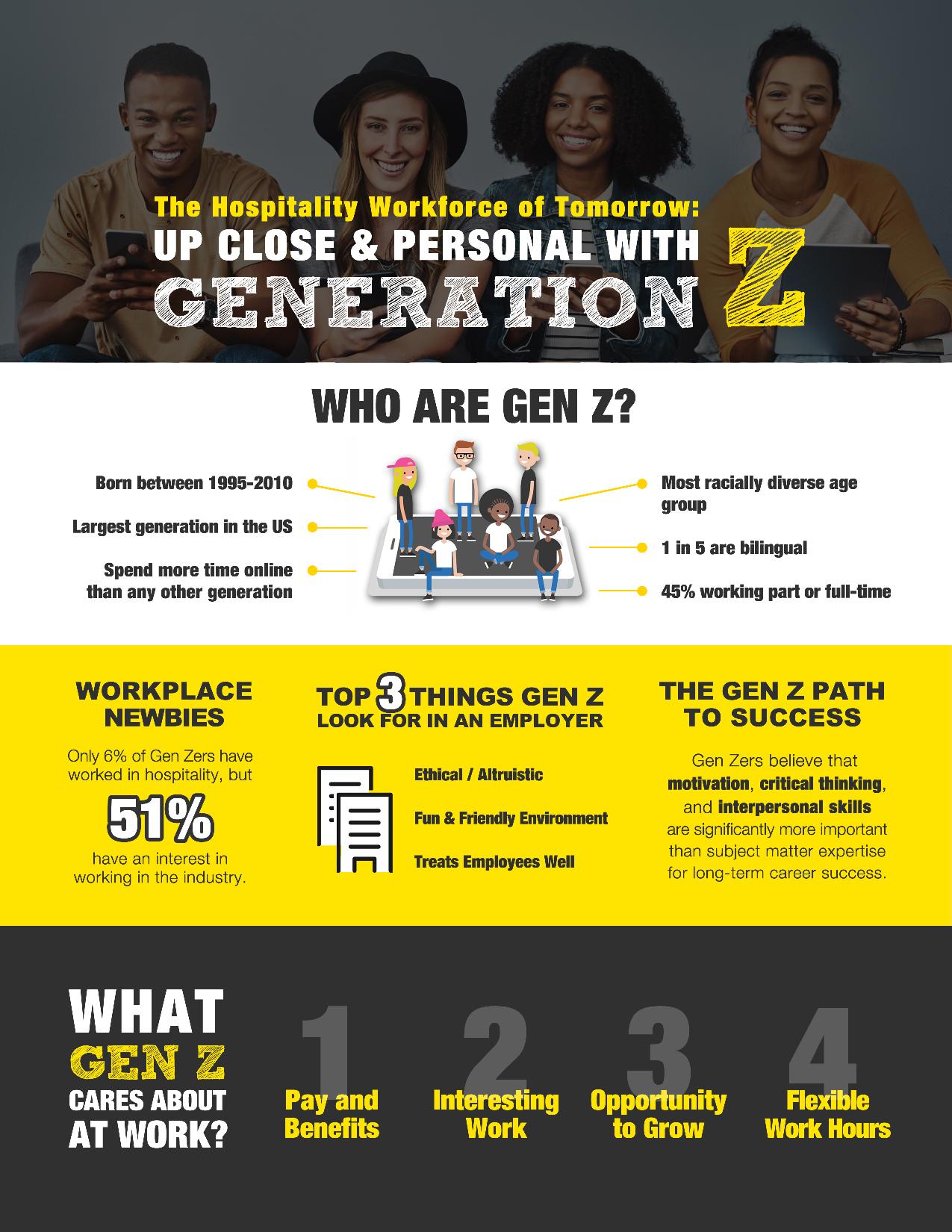All restaurant operators will deal with a rush. It's these times when traffic ramps up and real-estate become more limited that showcase a restaurant's real purpose: to keep service flowing without sacrificing quality or the guest experience.
Rushes occur for multiple reasons with most restaurants experiencing these peak-traffic times on a regular basis. Typically, rushes occur around traditional meal times, or times when folks are off work (like weekends). The specific aspects of these rushes, how long they last and their intensity, vary slightly from restaurant to restaurant though. Aside from these standard rushes, there's one other type of rush for which all operators should prepare themselves: The Holiday Rush.
The Holiday Rush
What differentiates the holiday rush from those mentioned above is that they, as their name suggests, coincide with seasonal holidays. During these holidays, especially those at the end of the year, guests tend to take time off work to spend more time with family, and to do holiday shopping. So, while they're out and about, it means they're quite likely to spend their meals at a nearby restaurant.
Where most rushes will last for only a few hours, the holiday rush is slightly broader, encompassing days and weeks at a time, per holiday spending and behavior. During these times, operators can expect to see increases in guest traffic, off-premise ordering, and reservations. Since holidays fall on different days each year, the specific hours of a holiday rush aren't as concrete as others. You will still see traffic spike on nights and weekends but can expect to see increases at different points of the day, as guests take time off to spend with loved ones and go out.
Prepping with Data
While you cannot predict entirely what a rush will involve, knowing when the holidays fall means you can prepare and anticipate them each time. With such revenue to be made, most operators realize they need to take advantage of the rush, but many may be wondering how. Through restaurant data and analytics, you can not only determine a full-bodied picture of your restaurant operations but can anticipate how to optimize it during the high-stress of a holiday rush.
Front-of-House Data
Your FOH data gives insight into how well you're managing your guest traffic, as well as an indicator into the customer experience. Use a guest management system to access and analyze this data.
Average Wait Times
Your average wait time data shows how long a guest typically spends in the lobby before being seated. While rushes inevitably inflate some wait times, when they become regular, they dampen the guest experience and subsequently, your reputation. Through data and analytics, you can get a report on historical average wait times, year over year. Pay particular attention to past holidays, and the days and times in which the average wait time increases. If you find a specific day (for example December 23) or time of day presents a lot of these increases, you may employ more staff or restructure the kitchen, to keep wait times as low as possible during these times.
Reservation Data
You've got to know your reservation capacity to avoid overbooking. A helpful metric to observe is your historical reservation data. The number of reservations you process has a lot to do with your seating efficiency and table turn speed, but note: when analyzing historical data, you may see your reservation counts decrease during holiday times. Guests may be prone to stay longer in your restaurant (especially when the weather is frightful!), resulting in fewer open slots for future reservations.
Average Table Turns
Table turn metrics reflect the total time it takes a guest to dine, from when they sit down to when they leave. When analyzing this data report, you can usually identify bottlenecks and chokepoints where you see your average table turn times increase. From here, you can adjust workflow or staffing to shorten these times. Furthermore, using historical data, you can identify specific days and times (especially within the holiday season) that these metrics increase so that you can plan for them.
Seating Efficiency
In a nutshell, your seating efficiency indicates how well you're utilizing your available seating space, relative to the number of guests you have. The fewer empty seats you have, the higher your seating efficiency, so placing the right party at the right table is essential. With holiday traffic, you may see larger parties than usual, which can affect your efficiency if you're not prepared. You can analyze historical seating efficiencies to forecast for the future, and conclude that in the areas where seating efficiency decreases, there's a rush.
Staffing Efficiency
If you see a lot of these front-of-house metrics sliding out of whack, it might mean you need more host or serving staff to accommodate the traffic. By analyzing these front-of-house metrics, especially during the holiday season, you can spot your deficiencies, correct them, and even planning for seasonal hiring.
Individual Customer Data
If you've got your guest management system integrated with a third party data collection service, you likely have access to the kind of customer information that can help you create effective holiday marketing campaigns. Use this info, like email addresses, to promote any holiday specials you're running, distribute coupons, or to generally stay on your guest's radar. For more granular marketing, you might access guest histories, the dates they visited and even check details, which you can use to personalize their emails even more.
Bar Data
While it doesn't apply to all, restaurants with bars attribute roughly 30 percent of their revenue to alcohol sales. During the holidays, folks are often in merrier spirits, and alcohol purchases and consumption tends to increase. Pay attention to your past holiday bar sales to plan effectively for the holidays, in inventory and staffing.
Back-of-House Data
Your back-of-house data illustrates how well your kitchen is functioning, from the time a guest places an order to the time it goes back out to the floor. Use this data, found in reporting features of technology like a kitchen display system, to hone in on your kitchen and improve your processes.
Speed of Service Data
To boil down a kitchen's effectiveness, you should first look at your speed of service. It's basically how quickly your staff can receive an order, prepare it, and get it back onto the floor. Each time a cook bumps an item from one phase of its journey to the next, your KDS creates a report. Remember that during the holidays, folks may take their meals at a more leisurely pace than they would during the year. Robust meal-coursing features in your KDS will help here, so you’re not overpreparing follow up courses they aren’t ready to receive. By analyzing your holiday speed of service data, you can identify the times when these metrics spike, and plan accordingly.
Menu Item Sales
Menu engineering is the process of breaking your menu down to identify your most profitable items. Operators typically use it to restructure their menus, introduce seasonal and promotional items and cut the unprofitable ones. By analyzing sales data, you can spot those items which were most popular during previous holidays seasons, and apply it to your menu engineering efforts. With this data, you know which items to spotlight during the season, driving more revenue.
Inventory Management
With an increase in orders and traffic, you're likely to go through more of your inventory. Use proper inventory management processes, as well as software, to accurately track your available supply. Analyzing year over year sales trends will help you know when, and how much, to stock up. To decrease waste, you might also implement a KDS with bin management features. This feature helps you monitor your peak items during a rush, using historical data to project how much to prepare.
The holiday rush can be a trying time for any restaurant, where high traffic and activity can drive nerves and emotions even higher. However, with those increases, comes the prospect of strong sales and repeat customer loyalty during future holidays. By analyzing your restaurant data, you make the most informed decisions possible for your operation, to weather this and all other rushes.
Using Restaurant Data to Prep for Holiday Rush posted first on
happyhourspecialsyum.blogspot.com





